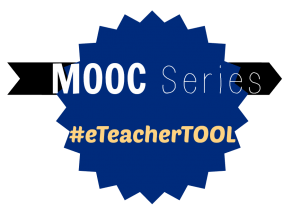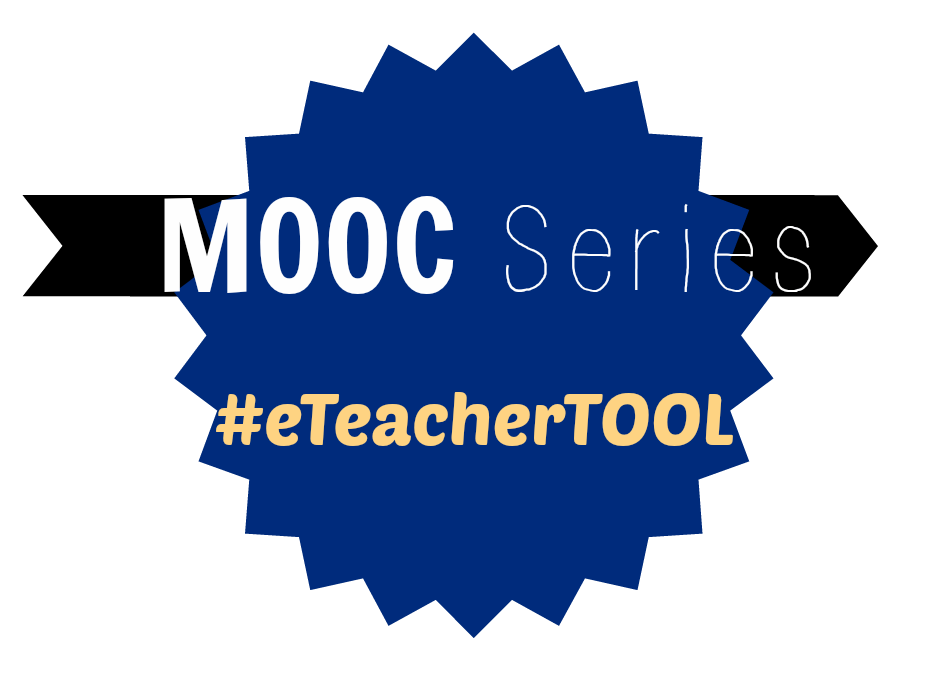This post is one in a series for a MOOC. You can find similar posts searching under the Category MOOC or searching for hashtag #eteacherTOOL for more about this particular MOOC.
 Content, Process, and Products can be Differentiated Online
Content, Process, and Products can be Differentiated Online
The number one, easiest thing for a teacher to differentiate is the product. If students are given guidelines they must meet, concepts they must illustrate their understanding of, or any other required principles, there is no reason a teacher has to dictate the product. I good rule of thumb might be that a student may only use any one web 2.0 tool twice throughout the year. But otherwise if products are shared to the class the pool of web 2.0 would be generative. This relies on a teacher not needing to control the student products, if an LMS is in play that the LMS submissions is set up to accept any variety of submissions, and that students built up to this level of confidence through experience with web 2.0 tools.
The process is easily achieved with preplanning/organization. One idea I have been entertaining for sometime is the idea of a group vocabulary wiki. I would be in charge of word selection initially (6-9 weeks) and then students would agree as a class period on words to define. Groups would be structured by me exclusively initially; when time for products from the wiki were necessary (2nd semester) I would move to project self-selection amongst class periods – across face-to-face time. I plan to have rubrics for weekly vocabulary work and monthly vocabulary projects/assessments. Items which can be differentiated: Differentiate vocabulary lists, develop individualized vocabulary lists, alternate vocabulary assessments.
Content differentiation is the most time-consuming, however is the most straight forward. modern Learning Management Systems can offer some tools which might aid the teacher in guiding students through content in a customized path (Agilix’s BrainHoney Pretest). Stating with assuring each path would give adequate exposure and a chance to interact with all key concepts and generalizations and adequate assessments to satisfy the academics, and yet enough momentum and choices to engage the end-user. Branching scenarios can match a student’s pace and offer multiple or single exposure to concepts as necessary (SoftChalk content authoring tool). This would take a teacher with the willingness and time to write out several branched versions of his/her content. More investment, but this content can last awhile if tweaked over the years.
https://scivocab.pbworks.com/ Will accompany my blended course NGSS-based Earth and Space Science for grades 6-8.
Students will participate in whole group vocabulary harvesting from class materials first semester to norm collection behaviors. Once the vocabulary words are collected, students will break into groups, be grouped by the teacher for the first half of the year. The teacher may distribute words based on student need, group dynamics, and/or challenge. The groups, using a provided rubric, will explore the word(s) and share “real” definition(s) and multiple media/pictures to explain the word(s) in multiple contexts.
Culminating projects at breaks in the material is proposed by student-chosen groups and can represent their understanding of the concepts represented by the vocabulary.






1 Pingback